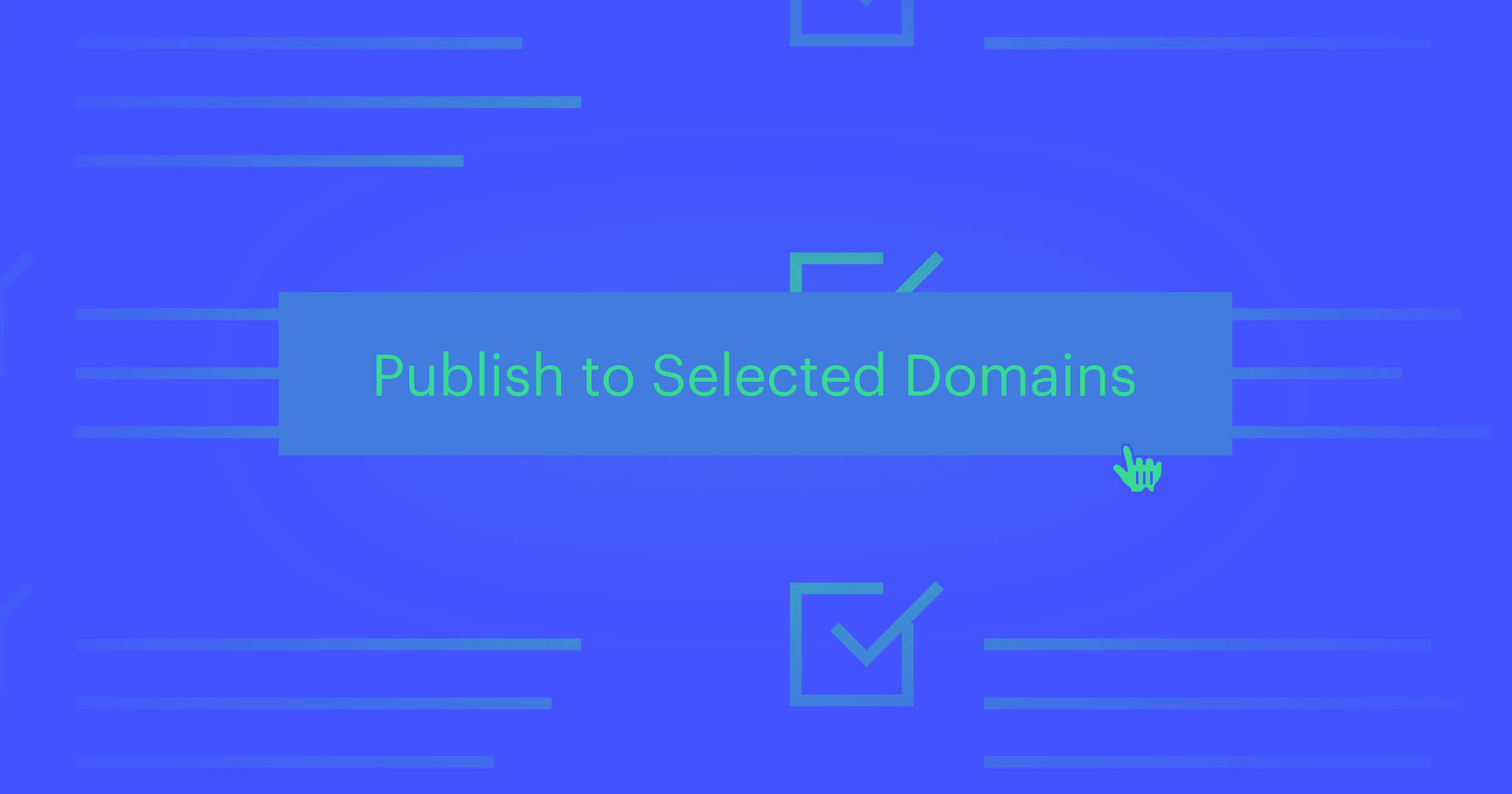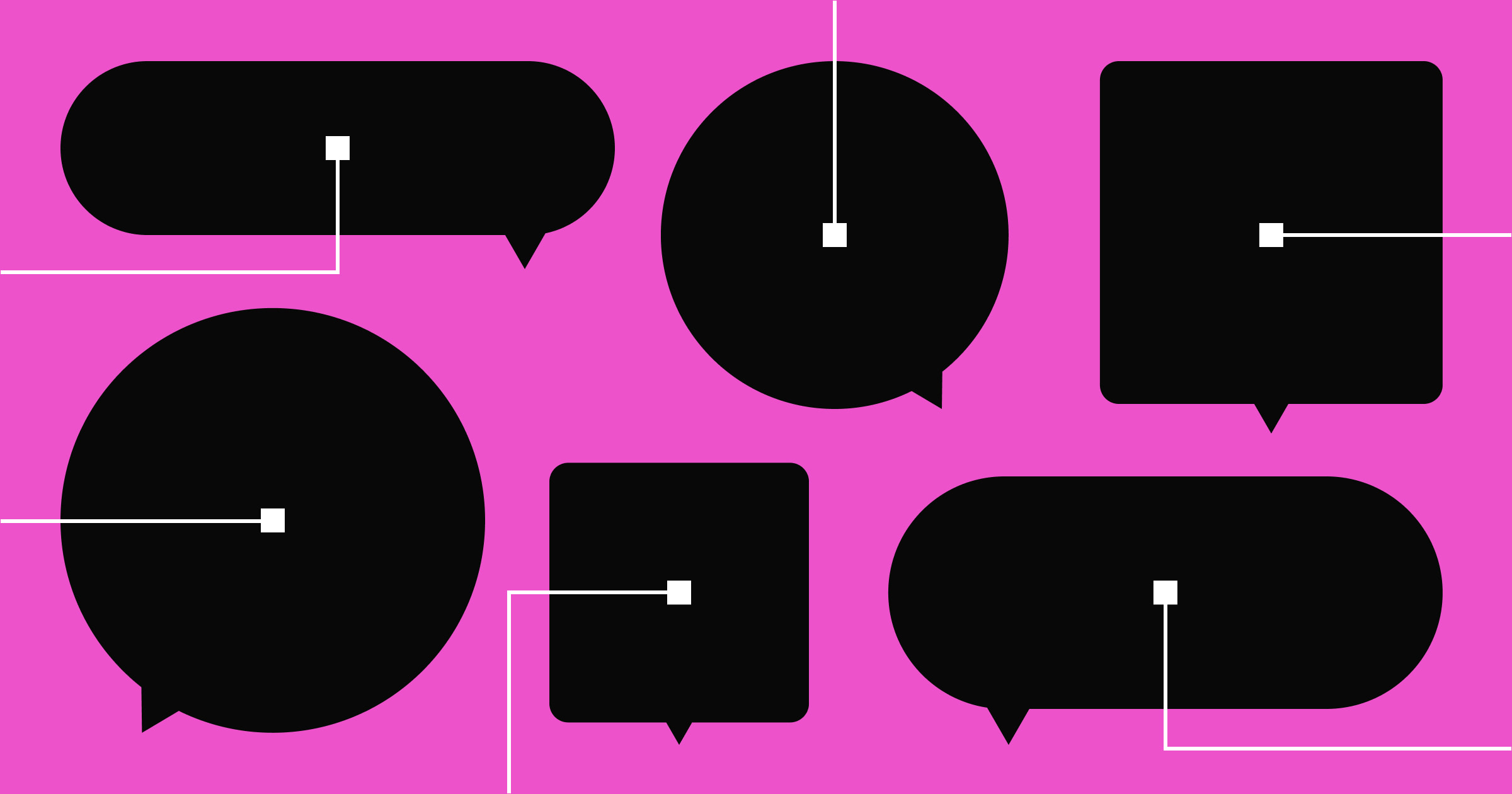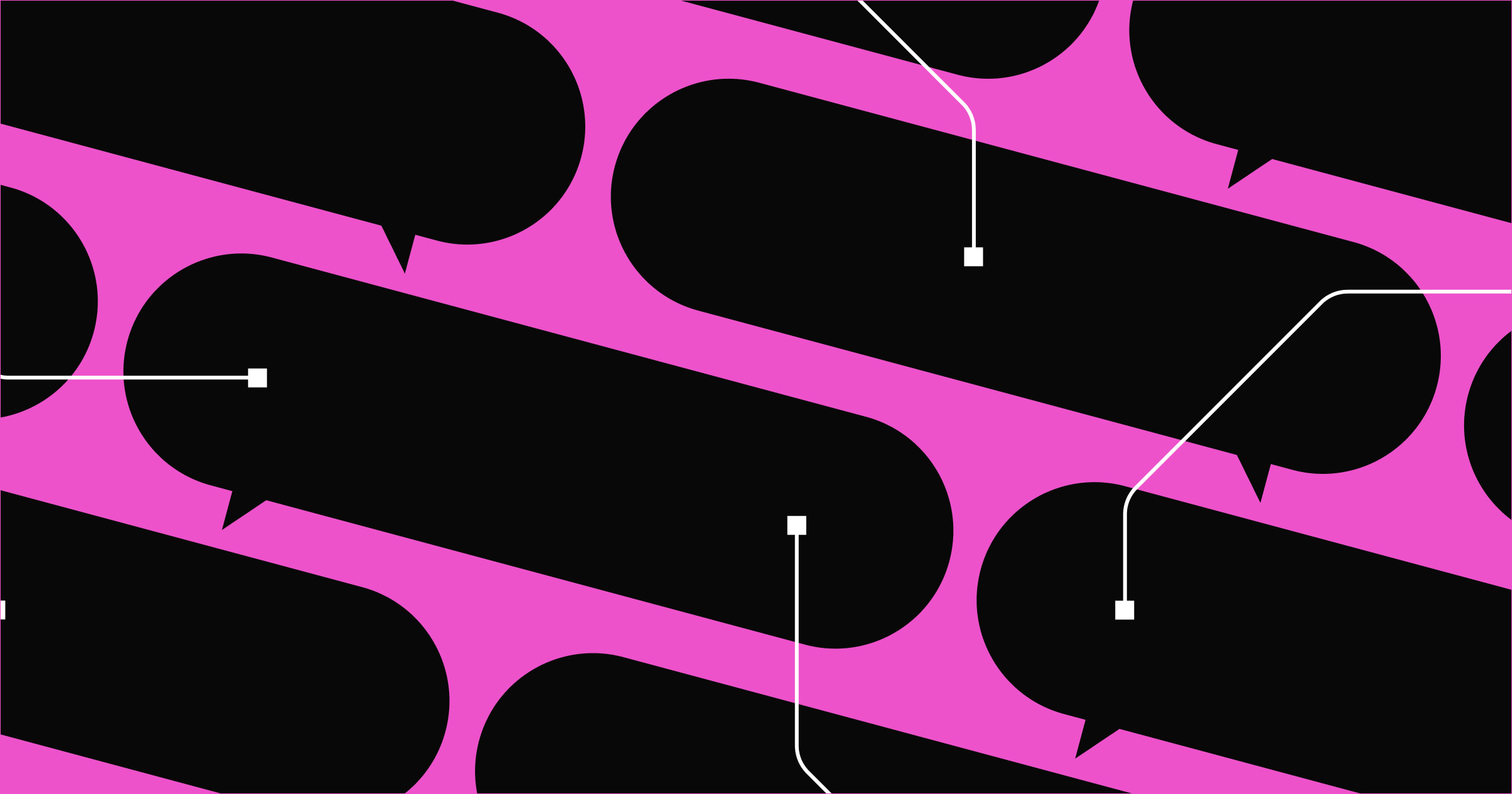Designing a client’s dream website starts with knowing the right questions to ask.
Every website design project begins with understanding your client’s unique vision. When you’ve established that baseline, you can start planning the site’s usability, features, and branding to impress visitors and drive engagement. The best way to build that understanding is to ask questions and get to know your client.
That’s why web designers should prepare a questionnaire for website design projects. Whether you’re building a new website or redesigning one, your clients’ responses lay the groundwork for a successful project.
What’s a website design questionnaire?
A website design questionnaire is a checklist of crucial questions to ask clients at the beginning of your design process, ranging from communication styles to website goals. This document helps you connect with your client, their expectations, and their brand. Establishing these essential details prepares you to begin the design process and helps you tailor your choices to your client’s needs.
Benefits of a questionnaire for website design
By starting with a website design client questionnaire, you’ll set yourself up with the following benefits.
Understand your client's needs
Discussing your client’s unique expectations gives you the foundation to craft a design system that suits their brand, writing that matches their voice, and a user experience (UX) that serves their customers’ needs. With this knowledge, you’ll make choices that align with the client’s goals for the website.
Having your clients fill out a questionnaire also informs them about your needs — clients will learn more about your process so they can direct you to the right resources. For example, your design process might begin with assembling all the images you need which lets your client know to send you their logos and other branded assets.
Foster clear communication
Open communication with your client ensures you can effectively share feedback and information. The questionnaire builds a vocabulary you and your client can use to discuss the design’s progress, which is crucial for keeping both parties aligned.
For instance, if the questionnaire reveals that the client prefers a minimalist aesthetic, you can use this term to discuss design choices. Shared language makes it easier to address concerns and make informed adjustments.
Save time and money
Starting with a clear understanding of your client’s needs gives you critical information to help you avoid making costly, time-consuming mistakes. Say you incorrectly assume your client wants animations on their website. In that case, you risk spending time and money designing or buying animations they may not even want.
Show the value of your services
Beginning with a detailed questionnaire assures your client that you value their input. Asking open-ended questions helps reveal design goals that perhaps the client hasn’t even considered. These practices show you’re interested in making their unique vision a reality.
Top tips for creating a website design questionnaire
Knowing which questions to ask is crucial, but you also need to learn how to phrase and organize your questions to get useful answers. Consider the following tips before you solidify your survey.
Value your client's time
It’s crucial to ensure your questionnaire asks enough questions to gather the necessary information. But to avoid overwhelming your clients, keep it as concise as possible. You can also invite your clients to send you additional information if they think of it later so they don’t feel pressured to fill out the responses perfectly.
Group questions by topic
Categorizing your questions by their primary topics creates a logical flow to your questionnaire. That way, your client can focus on one area at a time, making their responses more clear and coherent. Say you have questions about the budget, timeline, or website’s privacy policy — these types of questions can all fit under “administrative information.”
Avoid redundant questions
Combine similar questions when possible, and avoid repeating topics your client has already addressed. For example, instead of asking separate questions about the client’s preferred color scheme and typography, you can combine them into one question about overall design preferences.
Communicate positively
Positivity goes a long way toward making your client comfortable. They’re more likely to give you detailed responses when they're at ease because they aren’t second-guessing themselves.
In your questionnaire, write questions that sound supportive and enthusiastic. Instead of asking, “What are your design preferences?” try, “What are some design elements you’re excited about?”



















Become a Certified Webflow Partner
Join the growing network of Webflow Partners — find and win new clients, connect with a thriving community, and promote your work in our growing Marketplace.
7 website design questionnaire essentials
This checklist of seven primary topics includes a series of sample questions to ask your client when beginning a web design project.
1. Contact information
Start by establishing an open line of communication with your client so you know their preferences for staying in touch.
- Which contact method do you prefer?
- Whom should I contact for revisions or questions?
- What times of day are best for reaching out?
2. Business information
Ask about their business’ background. These answers help you add characteristics to the website design that resonate with their story.
- What makes your brand unique?
- When was your company founded?
- What’s your vision for the future of the company?
3. Website goals
Get to know your client’s goals for the website so you can build a foundation that makes it easier to scale toward that future. For example, if they plan to start a newsletter, you can proactively build the form they’ll need to create an opt-in page.
- Which features are essential to have at launch?
- Which features do you want to add over time?
- What infrastructure do you already have to support these features? (e.g., databases, CRMs, email services)
4. Target audience
The target audience determines many things about your design choices, such as which features to highlight and how to structure the UX. Work with the client to create buyer personas that accurately depict which visitors they’re trying to attract to their new site.
- Who’s your target audience?
- Do you already have market research or buyer personas you can share with me?
- Which value propositions will resonate with this specific audience?
5. Website features and functionality
Ask your client what usability features they have in mind for their new website. Do they want interactive elements, embedded videos, or an ecommerce store? Knowing these details can help you predict potential challenges, such as optimizing page load speeds and evaluating heuristics.
- Which features do you want the website to have? (e.g., interactable elements, user accounts, forms)
- Who are your competitors, and how much overlap will you have with their features?
- Do you want to offer tutorials about how all these features work?
6. Content
Understanding what your client wants to upload to their website will help you customize the navigation structure and content management system. For instance, if they host user-generated content, you’ll need to design a system that supports easy content submission and moderation.
- What types of content should the website host? (e.g., landing pages, blog articles, templates)
- Can you share existing style guides or brand guidelines with me, or can we create those together?
- What calls to action should I drive readers toward? (e.g., free trials, creating accounts, making a purchase)
7. Budget and timeline
The client’s budget and timeline are the two most limiting factors of a website design project. When you understand how much time and money they’re willing to invest, you can help scope a design that fits within those limitations. This scope determines which features you have time to build and helps you estimate how much the website will cost to maintain.
- How much money have you set aside for the initial website launch and its long-term maintenance costs?
- How soon do you need the website up and running?
- What metrics are you using to measure your return on this investment?
Design stunning websites for your clients
Aligning with clients on their design goals at the beginning of the process saves you time and money. Questionnaires give you a baseline to work from so you can design an impressive website that suits their needs. To put those plans into action, you’ll want a powerful platform that gives you all the tools you need to create an appealing, unique site.
Webflow puts all those tools at your fingertips, with features like shareable libraries, reusable components, and advanced user roles. Our Designer features give you creative control on a visual canvas, and with edit mode, you and your clients can collaborate on the project in real time.
Discover how Webflow for agencies enables you to deliver high-quality client work, faster.

Get started for free
Create custom, scalable websites — without writing code. Start building in Webflow.































